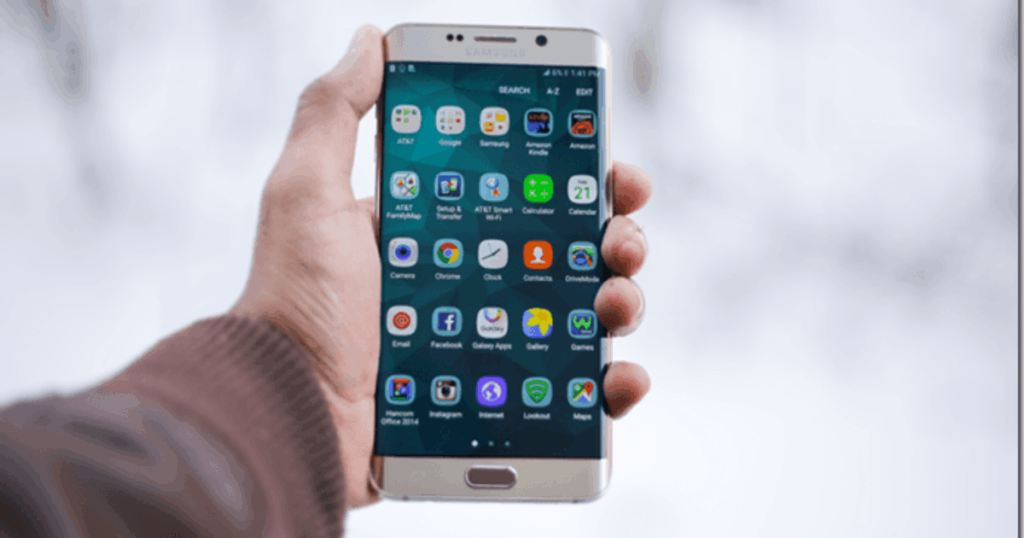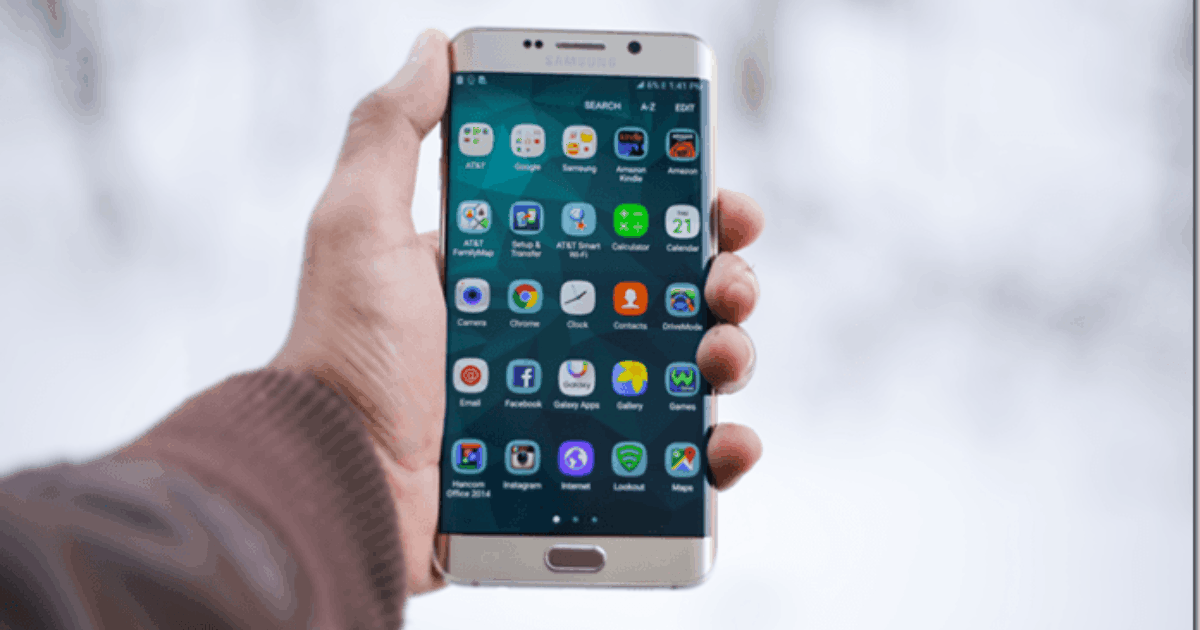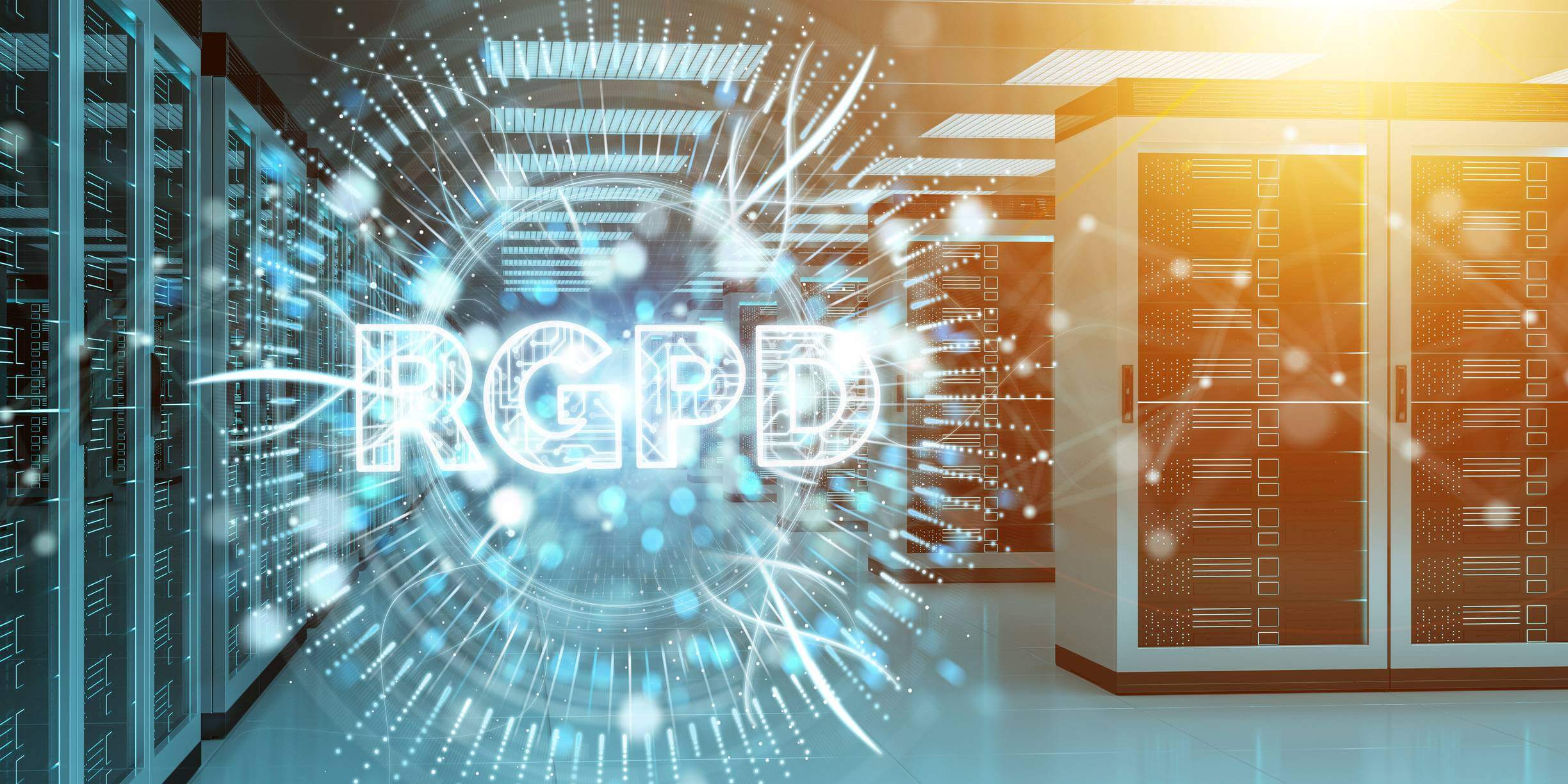The size of a pocket and the weight of a standard banana are enough for our technological inventiveness to offer us a constant and infinite openness to the world and its inhabitants: our smartphone. Always present, always ready and stimulating, he has become the almost organic companion of our discussions and our thoughts It is this that we will take as a starting point in this article to tell what makes the reality of our global digital system, unwinding the thread of its materiality.

Smartphone and environmental impact: a few liters of earth …
To understand what makes our digital technology so material in the midst of its promises of virtuality, clouds and dematerialization, we must return to the first chapter of the tool’s life: its design. Our smartphone is the result of a long process, which begins with a shovelful of dirt. Let’s find out what is hidden in the 150 grams of the recipe stated a few lines earlier.
Each electronic component of our phone is made of natural materials, including metals, including the now-famous rare earth. Gallium in the motherboard, Indium in the screen, Cobalt in the battery, Neodymium for the vibration functions… These elements are extracted from large volumes of earth and rocks that must be excavated, recovered, treated and transformed. So that to extract the few grams of only six of the dozens of metals present in the device (Gallium, Indium, Tantalum, Copper, Cobalt, and Palladium), it is necessary to dig and treat a volume of soil 40 times greater than that of the smartphone itself
The extraction and processing of mining materials are carried out using trucks in large surface mines, at the cost of risky human adventures in the mazes of artisanal underground mines and thanks to elaborate industrial chemistry processes and complex. All this requires energy for transporters, for factories, for chemical processes and necessarily results in CO 2 emissions. So that this single phase of production, once the transport of the new finished product is accounted for, represents 90% of the greenhouse gases that the smartphone emits directly during its total lifespan
How is it possible that my smartphone, so optimized and miniaturized, has already consumed so much energy and emitted so much carbon before I even opened the spotless and immaculate box? Because in terms of technology, lightness in weight is in no way synonymous with lightness in resources: to produce 1 gram of smartphones, our factories use on average 80 times more energy than to produce 1 gram of cars Miniaturization comes at a price, and that’s the complexity: smaller means more precise, which calls for more extensive and more intensive industrial processes.
Smartphone and ecology: my screen, interface with a giant
That’s it: I finally removed with delight the protective film from the screen of my new phone. I press its only (or almost) physical button and admire the graphic jingle on its home screen. Almost no more worry, since 90% of the emissions for which it is responsible are already emitted. All that remains is to use it. As much as possible ?
I open my browser – whatever it is – my applications, click on the first link or icon and find myself in contact with an information giant: the Internet, its second reality, its virtual world. Except that, as you can probably imagine, since this article deals with materiality, none of this is “virtual”. Information, by definition, is energy. Information technologies are therefore rails that make it possible to give a particular form to energy and to guide it by different vectors (electrical in cables, light in optical fiber, electromagnetic in antennas). And these rails, here they are:
- The terminals: it’s my smartphone, which allows me to interact with information.
- Data centers: these are the “server farms”, those thousands of computers – to put it simply – that store and process information.
- Network infrastructures: these are the rails, the “pipes” through which information passes to pass between my smartphone and the data centers.
This is the Internet: a gargantuan network of cables, antennas, fiber, network equipment, computers, and user terminals that crisscross the globe. But all this, in addition to having to be produced, requires significant energy input. So that, in total, when the production of the assembly and what is necessary for its use are taken into account, the striking figure of 4% appears. 4% of what? Global emissions. Digital technology today represents 4% of the emissions for which our civilization is responsible – more than those caused by civil aviation
The observation is established: digital technologies emit enough carbon today to be considered as a sector whose place in the carbon transition can legitimately be called into question. When we know that digital energy consumption is increasing by 9% per year – compared to 1.5% per year for other sectors on average in the world – we understand why its emissions would reach 7 to 8% of gas emissions. global annual greenhouse effect in 2025 if nothing is done to think otherwise. 7 to 8% is what passenger cars represent today in the world in terms of CO 2. To say that digital technology is not a subject of transition, therefore, would be to say that cars are not. Bold.
For a clean digital: a resilient technical system.
“The digital transition, a tool or a challenge for the carbon transition? Is our question. Two sentences to summarize this first sketch of the answer:
- From smartphones to data centers, information technologies are physical and non-virtual media that allow information to flow.
- All this forms an infrastructure that must be produced and operated, which requires energy sources necessarily linked to carbon emissions
What the concept of digital sobriety proposes is not to deconstruct the digital, but on the contrary to continue to build it. Mobile data in underground transport, connected stove, wifi on the plane, connected socks… Our inventiveness has proven just how rich it is. However, at the time of understanding the physical limits that are imposed on our systems, it becomes legitimate – if it was not already – to ask the question of the relevance of the ideas to which we decide to allocate resources. “Doing because you can” is what has motivated innovation in recent years. “Doing because it’s useful” is what sobriety offers, by giving meaning to the innovative.
Our digital system is valuable because it has enabled, enables, and will allow us to take up challenges of a new scale. Digital sobriety is nothing more than the strategy of thinking upstream about the risks linked to planetary limits (energy, climate, mining resources), in order to make our information system compatible with the constraints that arise. impose on him. It requires rethinking the way we build it. It requires rethinking the way we manage our information. How much, for what uses.
It is this eminently central question of digital uses that we will explore in the second article in this series. Until then, you can turn off your smartphone and resume normal activity.



